The Origin of the Unicorn Myth
The unicorn myth has existed in different cultures for thousands of years. Have you ever thought about what is the origin of the unicorn myth? We’ve discussed where unicorns live and what they eat, so where did unicorns come from in the first place?
We are going to trace the origin of unicorns across history. We will introduce the man who brought the unicorn myth to Europe. You will learn which real animals inspired the unicorn myth. We will visit ancient Greece, India, and China to find out the truth about the unicorns and where they came from.
Ctesias and the One-Horned Wild Ass
Ctesias, a Greek physician and historian who lived in the 5th century BCE, is the person mainly responsible for introducing the unicorn myth to Europe.
Ctesias was fascinated by India, but he never visited the country. Nevertheless, Ctesias heard many legends from India while he lived in Persia. He wrote them down and ended up writing a book called Indica. Indica was a weird mixture of geography, zoology, botany, medical knowledge, anthropology, and fantasy.
One of the many wonders Ctesias introduced in Indica was the one-horned wild ass. This is how he described the mysterious animal in his book:
There are in India certain wild asses which are as large as horses, and larger. Their bodies are white, their heads dark red, and their eyes dark blue. They have a horn on the forehead which is about a foot and a half in length. The base of this horn, for some two hands’-breadth above the brow, is pure white; the upper part is sharp and of a vivid crimson; and the remainder, or middle portion, is black.
Those who drink out of these horns, made into drinking vessels, are not subject, they say, to convulsions or to the holy disease [epilepsy]. Indeed, they are immune even to poisons if, either before or after swallowing such, they drink wine, water, or anything else from these beakers.
Ctesias
Sound familiar? A one-horned animal with a horn that can heal epilepsy and make you immune to poison; that’s a unicorn! While some parts of the description don’t fit the modern unicorn myth, such as the dark red head, for the most part, it is easy to recognize the “one-horned wild ass” as a unicorn.
There is no doubt this description written by Ctesias was the beginning of the unicorn myth in Europe. But Ctesias was not the one who made it up; the one-horned wild ass was based on the legends from India. So, did the unicorn myth actually come from India?
Is the Origin of the Unicorn in India?
Is India the actual place of origin of the unicorn? These days, it is believed the unicorn myth introduced by Ctesias is based on a mixture of real animals. This is what Odell Shepard, an American professor, Pulitzer prize winner, and the author of The Lore of the Unicorn, concluded. According to Shepard, one of the animals that inspired the unicorn myth was the Indian rhinoceros.
As the Indian rhinoceros also has a single horn, just like the unicorn, it is easy to understand the connection between these two animals. But apart from the horn, rhinos don’t resemble unicorns at all. And the Indian rhinoceros was certainly not the only animal that inspired the unicorn myth.
It is likely that there were three other animals behind the unicorn myth: the Tibetan antelope chiru, a large Tibetan wild ass kiang, and the Tibetan wild yak.
The Himalayan peoples could have mixed these four animals; the Indian rhinoceros, the chiru antelope, the wild ass kiang, and the Tibetan wild yak, into a mythical one-horned beast we know as the unicorn.
We certainly have proof now, that India is the home country of the unicorn. To be exact, the unicorn myth probably comes from the Himalayas. Unicorns do inhabit many remote mountain areas, and it is very much possible that unicorns originated from the sacred Himalayas.
Four Animals That Inspired the Unicorn Myth
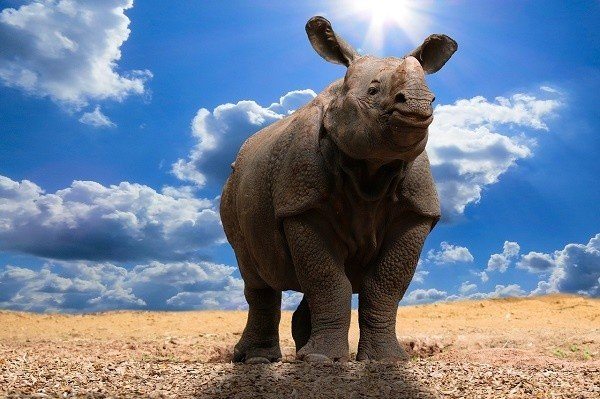
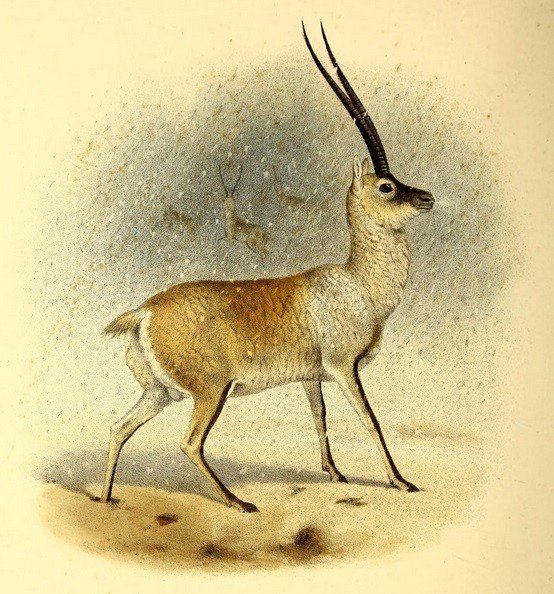
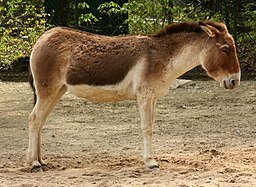
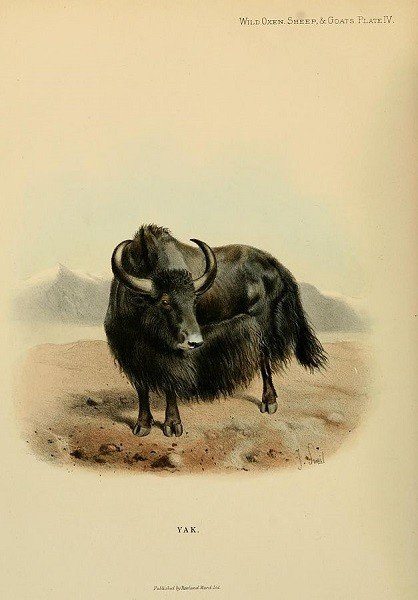
Unicorn Myth and the Indus Valley Civilization
The unicorn myth is much older than it is thought. As we have learned by now, Ctesias introduced the unicorn myth to Europe in the 5th century BCE, but this is not when the unicorn myth was born. The history of unicorns began much earlier.
There is evidence, that the unicorn myth existed in the Indus valley civilization, which flourished from 2600 to 1900 BCE. The ancient people of Persia, Mesopotamia, and the Indus valley have left behind several wall carvings, seals, and statues of a mythical one-horned animal.
There have been arguments about if the ancient artwork represents a unicorn or a two-horned animal’s profile. Well, I’d like to believe they did represent unicorns. And if we look at the old unicorn statues, there is no doubt they represent unicorns; the 3-dimensional form of statues reveals these statues have only one horn. Wall carvings might be more unclear, but I think the ancient people would have carved two horns if they had wanted to represent a two-horned animal.
A one-horned cow-like animal was the most popular motif in the seals of Indus valley. It seems unicorn addiction existed even in the ancient Indus valley civilization! Based on the amount of unicorn artwork these people left behind, they were totally obsessed with unicorns.
The Chinese Unicorn Qilin – Is the Origin of the Unicorn Myth in China?
It seems we can trace the origin of the unicorn myth to India, but the Chinese unicorn myth qilin is as old as the unicorn myth associated with the Indus valley civilization. The first qilin is said to have appeared in 2697 BCE to the yellow emperor Huangdi.
The Chinese unicorn is a bit different from the European unicorn, of course. Qilin is more dragon-like and it has a tail of an ox. Its body is often covered with scales. But just like the European unicorn, the qilin is a very benevolent creature.
Could it be that the ancient Chinese unicorn myth is actually the source of the entire unicorn myth? I don’t think we can actually define a single source for the unicorn myth. We can’t know which unicorn myth came first. The Chinese unicorn myth might have influenced the Indian unicorn myth, but the unicorn myth of the Himalayas could also have influenced the Chinese unicorn myth.
But at least we know the unicorn myth originated in Asia, right? Not necessarily. In Chile, there is also a unicorn myth, camahueto. Then, there is the African unicorn, ababda, which the oryx antelope might have inspired.
So, it seems the unicorn myth has evolved in different parts of the World simultaneously. It’s like the unicorn has always been part of people’s collective imagination.
Then, there is narwal, the unicorn of the sea.
Did Narwhal Inspire the Unicorn Myth?
Narwhal is known as the unicorn of the sea. The narwhal tusk does look a lot like a unicorn horn; it has the same spiral shape we associate with the unicorn horn. The narwhal tusk is a tusk, though, not a horn.
Viking traders sold narwhal tusks as unicorn horns in medieval Europe. People genuinely believed the narwhal tusks to be unicorn horns, and they were used as drinking cups to neutralize poisons. Is narwhal actually the animal that inspired the unicorn myth?
The unicorn myth already existed in medieval Europe, so narwhal is not the origin of the unicorn myth. However, the narwhal tusk did change the image of the unicorn horn. The spiraled horn we associate with unicorns today is adopted from the narwhal tusk. So, narwhal did play a part in the development of the modern unicorn myth.
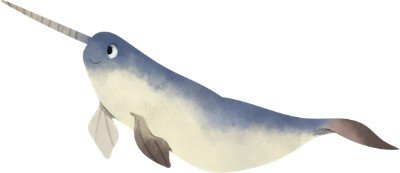
The Origin of the Unicorn – Which Unicorn Myth Came First?
Ctesias was the man who brought the unicorn myth to Europe in 398 BCE. But he didn’t invent the myth; it existed long before him. It is believed the Himalayan people mixed up four animals; the Indian rhinoceros, the Tibetan antelope chiru, the Tibetan wild ass kiang, and the Tibetan wild yak into a unicorn-like animal.
A unicorn-like animal was represented in the art of the ancient Indus valley civilization as early as 2600 BCE. The Chinese unicorn myth is as old as the Indian one; the Chinese unicorn is said to have appeared already in 2697 BCE.
It is difficult to say which one came first, the Indian or the Chinese unicorn myth. And the unicorn myth didn’t only exist in Asia; South America and Africa have their own unicorn myths as well.
Sometimes, it is said that narwhal inspired the unicorn myth. That is not the case, because the unicorn myth already existed when narwhal tusks were traded as unicorn horns in medieval Europe. But the origin of the unicorn horn as we imagine it today can be traced back to narwhal; the spiral shape of the unicorn horn was adopted from the narwhal tusk.
The unicorn myth seems to have appeared in different parts of the World simultaneously, and it’s impossible to tell which myth came first. It’s almost as if the unicorn had magically found its way to our collective imagination.
Share this on:
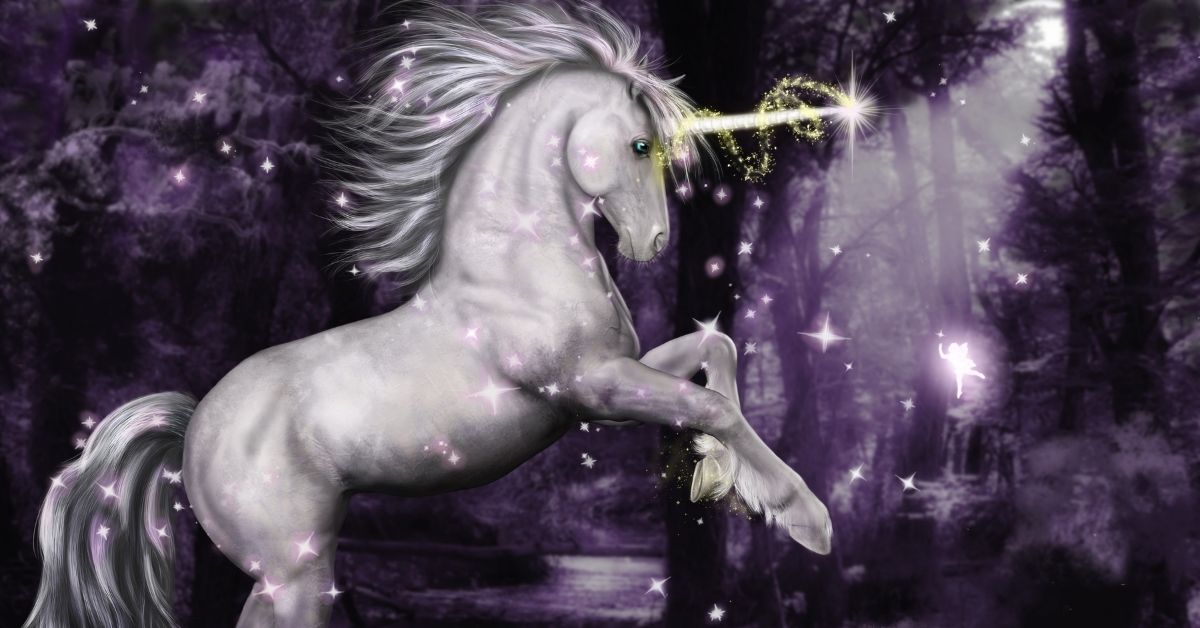
the unicorn myth is one that has always caught my interest, although several versions of the origin of this myth makes it difficult to accept one. An early version of this ancient tale, which dates to the first part of the Eastern Han Dynasty, appears among the writings of the scholar Wang Chong. i look forward to more findings. thank you very much
Hi Lucas,
Thank you for your comment. Yes, I’d like it if there was a single source of the unicorn myth that could be pointed out. But the origin of the unicorns remains mysterious; I suppose we just have to accept that.
Your site visitors, especially me appreciate the time and effort you have spent to put this information together.